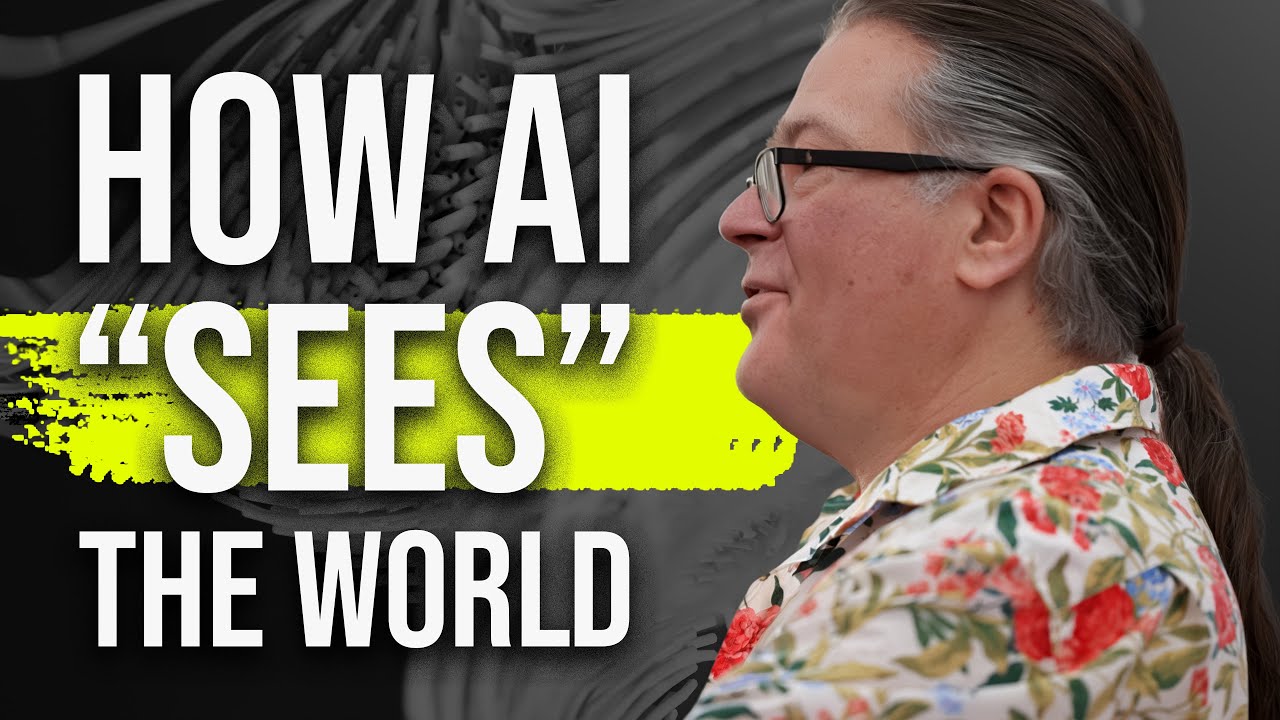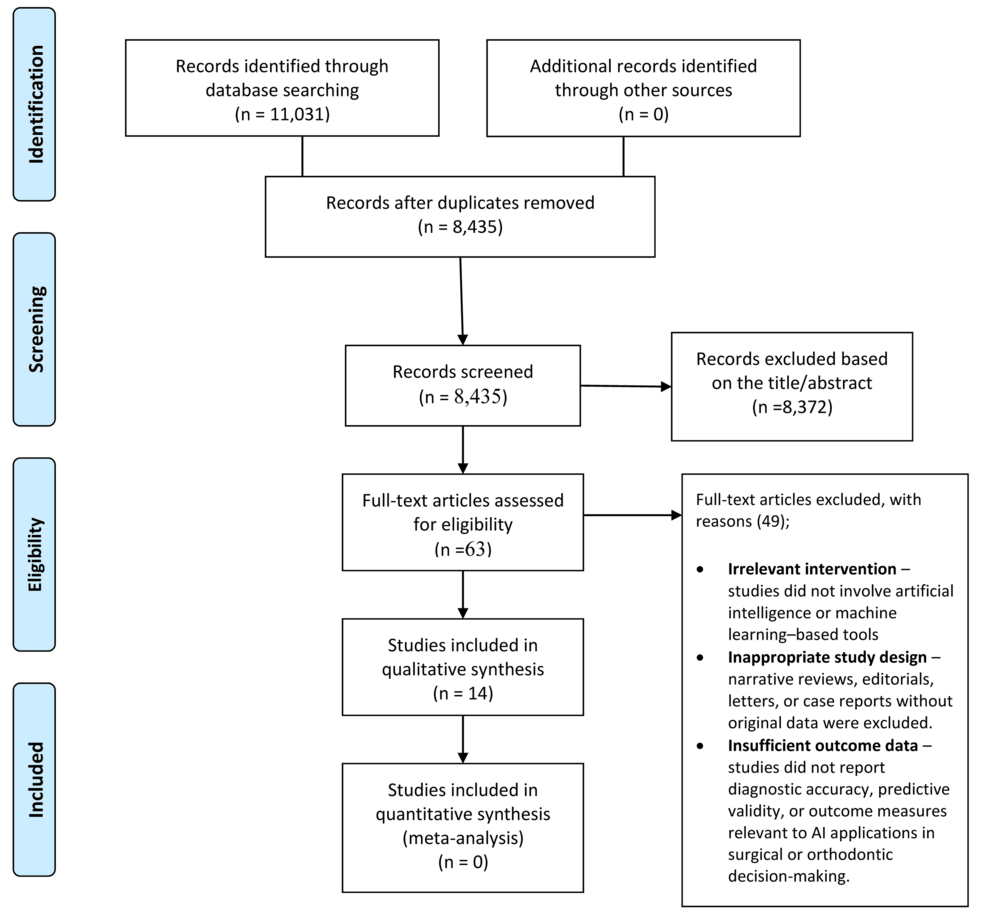Home Specialties Specialties Browse Articles Posters Abstracts Cureus Collections Specialties Allergy / Immunology Anatomy Anesthesiology Cardiac / Thoracic / Vascular Surgery Cardiology Dentistry Dermatology Emergency Medicine Endocrinology / Diabetes / Metabolism Environmental Health Epidemiology / Public Health Family / General Practice Forensic Medicine Gastroenterology General Surgery Genetics Geriatrics Healthcare Technology Health Policy Hematology HIV /

Unpacking AI’s Invisible Rules: A Frog’s Perspective – StartupHub.ai
Cristopher Moore, a distinguished professor from the Santa Fe Institute with a diverse background spanning physics, computer science, and machine learning, recently sat down with Machine Learning Street Talk at the Diverse Intelligences Summer Institute. The conversation explored the surprising efficacy of current AI models, the inherent structure of the real world, and the boundaries of computability, all viewed through Moore’s self-proclaimed “frog” philosophy of diving deep into specific, concrete problems.
Moore argues that the remarkable success of models like transformers isn’t merely about brute-force computation or statistical luck. Instead, it stems from a fundamental truth: “Real-world data is not designed by an adversary to be as tricky as possible.” The world, he posits, is not random; it is imbued with rich, exploitable structures that these models learn to leverage. This intrinsic order, rather than adversarial complexity, is the wellspring of AI’s current capabilities.
Moore, identifying as “more of a frog,” contrasts his approach with the “bird’s-eye view” of 20th-century mathematics, which often sought grand analogies. His preference for tangible examples and tactile thinking informs his work on impossibility theorems in computer science. He appreciates the dual nature of his field: one can either seek efficient algorithms or, failing that, attempt to prove a problem’s inherent hardness. This intellectual agility allows him to navigate the theoretical and practical landscapes of computation.
Yet, even with AI’s rapid advancements, a significant gap remains in tasks demanding genuine human-like reasoning. Moore highlights the challenge of advanced Sudoku puzzles, which require creative problem-solving and the ability to infer and apply new, complex rules. Current AI models, despite their scale, often falter, struggling with nuanced logical deductions and committing to paths that lead to late-stage contradictions. Moore wryly states, “I’m waiting to see if AI can solve my puzzles,” underscoring the frontier that still lies ahead for AI in truly mimicking human insight and creativity, especially when faced with problems designed by humans to reveal specific, elegant solutions. The process of formalizing and mathematizing these rich, real-world structures, rather than simply processing raw data, remains a critical area for advancement.



